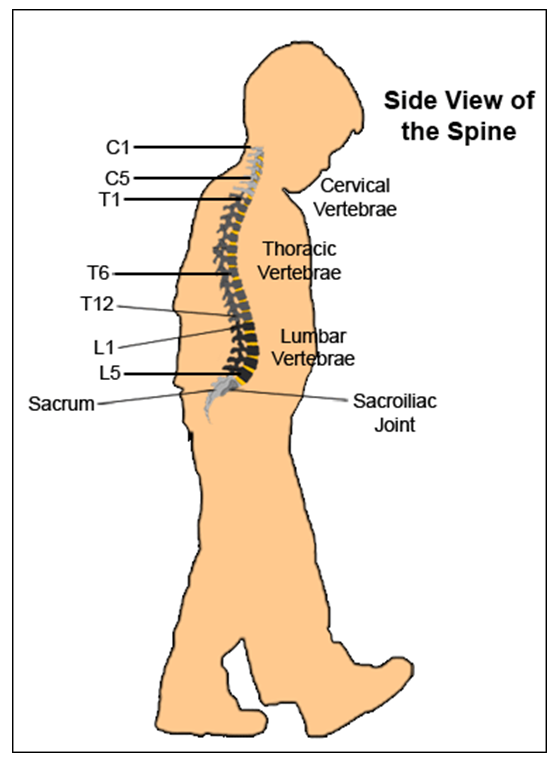- Home
- Infantile Scoliosis Outreach Program
- Progressive Infantile Scoliosis (PIS)?
Progressive Infantile Scoliosis (PIS)?
Types Of Scoliosis
Scoliosis is the lateral deviation of the spine and affects not only adults, but more commonly affects children and adolescents.
Infantile Scoliosis
Infantile scoliosis is a lateral spine deviation occurring during the first 3 years of life and is twice as common in males. Approximately 74 -94 % resolve on their own, but those that don’t, progress into a severe and disabling condition.
Juvenile Scoliosis
Juvenile scoliosis refers to scoliosis occurring in children aged 3 until the age of puberty approximately 10 years of age. Juvenile scoliosis can continue to progress severely, so continual monitoring is suggested.
Adolescent Scoliosis
Adolescent scoliosis is scoliosis detected in those who have reached puberty but have yet to reach adult hood. This is the most common type of scoliosis. Like juvenile scoliosis, adolescents should be monitored until spinal maturity is reached to prevent possible progression and future health problems.
Congenital Scoliosis
Congenital Scoliosis is the result of an abnormality of the development of the vertebrae. This is structural scoliosis; this means that the spine has a problem within itself that is causing the abnormal curve. The abnormality was present at birth. Developmental vertebral abnormalities that produce an imbalance in the growth of the spine resulting in scoliosis.



